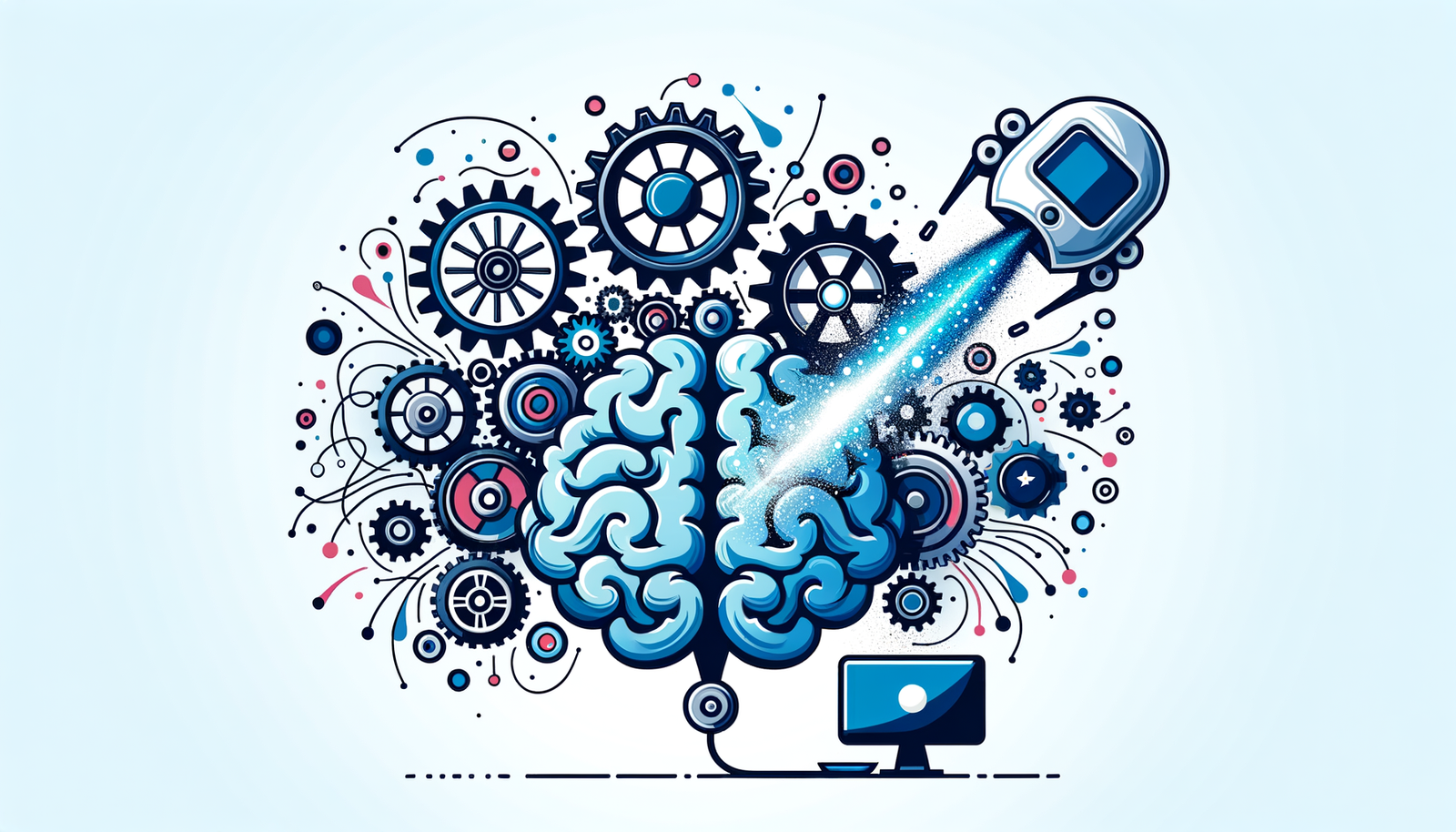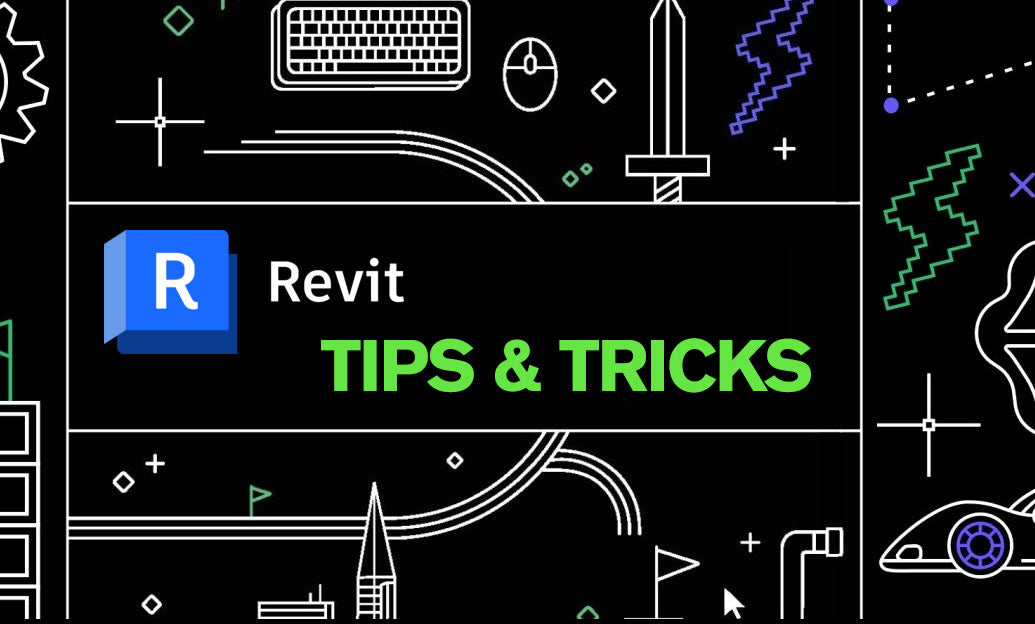Your Cart is Empty
Customer Testimonials
-
"Great customer service. The folks at Novedge were super helpful in navigating a somewhat complicated order including software upgrades and serial numbers in various stages of inactivity. They were friendly and helpful throughout the process.."
Ruben Ruckmark
"Quick & very helpful. We have been using Novedge for years and are very happy with their quick service when we need to make a purchase and excellent support resolving any issues."
Will Woodson
"Scott is the best. He reminds me about subscriptions dates, guides me in the correct direction for updates. He always responds promptly to me. He is literally the reason I continue to work with Novedge and will do so in the future."
Edward Mchugh
"Calvin Lok is “the man”. After my purchase of Sketchup 2021, he called me and provided step-by-step instructions to ease me through difficulties I was having with the setup of my new software."
Mike Borzage
Revolutionizing Creativity and Efficiency in Design: The Impact of AI Integration
July 27, 2024 2 min read


Integrating AI into Design Workflows: Revolutionizing Creativity
Understanding AI's Role in Modern Design
The incorporation of Artificial Intelligence (AI) into design workflows marks a pivotal shift in how creative projects are conceptualized, developed, and executed. AI, particularly through its subsets like machine learning and neural networks, is revolutionizing design processes, introducing a level of efficiency and creativity previously unattainable.
These technologies have moved from supplementary tools to central components in design software, enabling a seamless transition from traditional methodologies to AI-integrated processes. This evolution is not just about automation but enhancing the creative capabilities of designers, allowing them to explore solutions that were once deemed impossible.
Enhancing Creativity and Efficiency with AI
One of the core benefits of integrating AI into design workflows is its ability to automate mundane tasks. This automation frees up designers, allowing them to allocate more time to the creative aspects of design projects. By handling the repetitive elements of design work, AI algorithms open the door to increased creativity and innovation.
Furthermore, AI's contribution to design extends beyond task automation. It facilitates unexpected design solutions, offering new perspectives that challenge traditional design paradigms. The result is a significant impact on project timelines and accuracy, where AI-driven insights accelerate decision-making processes and enhance the precision of the final designs.
AI-Driven Tools and Technologies
In the realm of design, a variety of AI-integrated software has emerged, catering to diverse industries. Leading tools include:
- Autodesk - Known for its generative design capabilities, Autodesk's suite of tools leverages AI to optimize design outcomes.
- Adobe - Adobe's Creative Cloud has incorporated AI to streamline operations such as image editing and graphic design through Adobe Sensei.
- SketchUp - This tool uses AI to simplify 3D modeling processes, making architectural design more accessible and efficient.
These tools epitomize the integration of AI in design, offering features like generative design, predictive analysis, and automated testing. Beyond these current technologies, the future promises even more advanced AI capabilities, further revolutionizing how design professionals work and create.
Navigating the Challenges and Ethical Considerations
Despite its numerous benefits, the integration of AI into design workflows presents challenges and ethical considerations. One primary concern is the learning curve associated with new AI tools. Designers must adapt to these sophisticated technologies, a process that requires time and education.
Additionally, there's the issue of job displacement, with AI's role in automating tasks leading to concerns about the shifting role of designers. However, rather than displacing creative professionals, AI is seen as augmenting their skills, enabling them to achieve more in their work.
From an ethical standpoint, the reliance on AI for design decisions raises questions about algorithmic bias and the necessity of human oversight. It's crucial to ensure that AI tools are used responsibly, with designers maintaining a critical role in the decision-making process to mitigate biases and uphold ethical standards.
In conclusion, the integration of AI into design workflows is undeniably transformative, offering unprecedented opportunities for creativity and efficiency. As the design landscape continues to evolve with these advanced technologies, it's essential for professionals to embrace AI, leveraging its capabilities while also navigating the associated challenges and ethical considerations with diligence and foresight.
Also in Design News

Revit Tip: Drive QA and Clarity with Revit Schedule Graphics and Conditional Formatting
January 05, 2026 2 min read
Read MoreSubscribe
Sign up to get the latest on sales, new releases and more …




